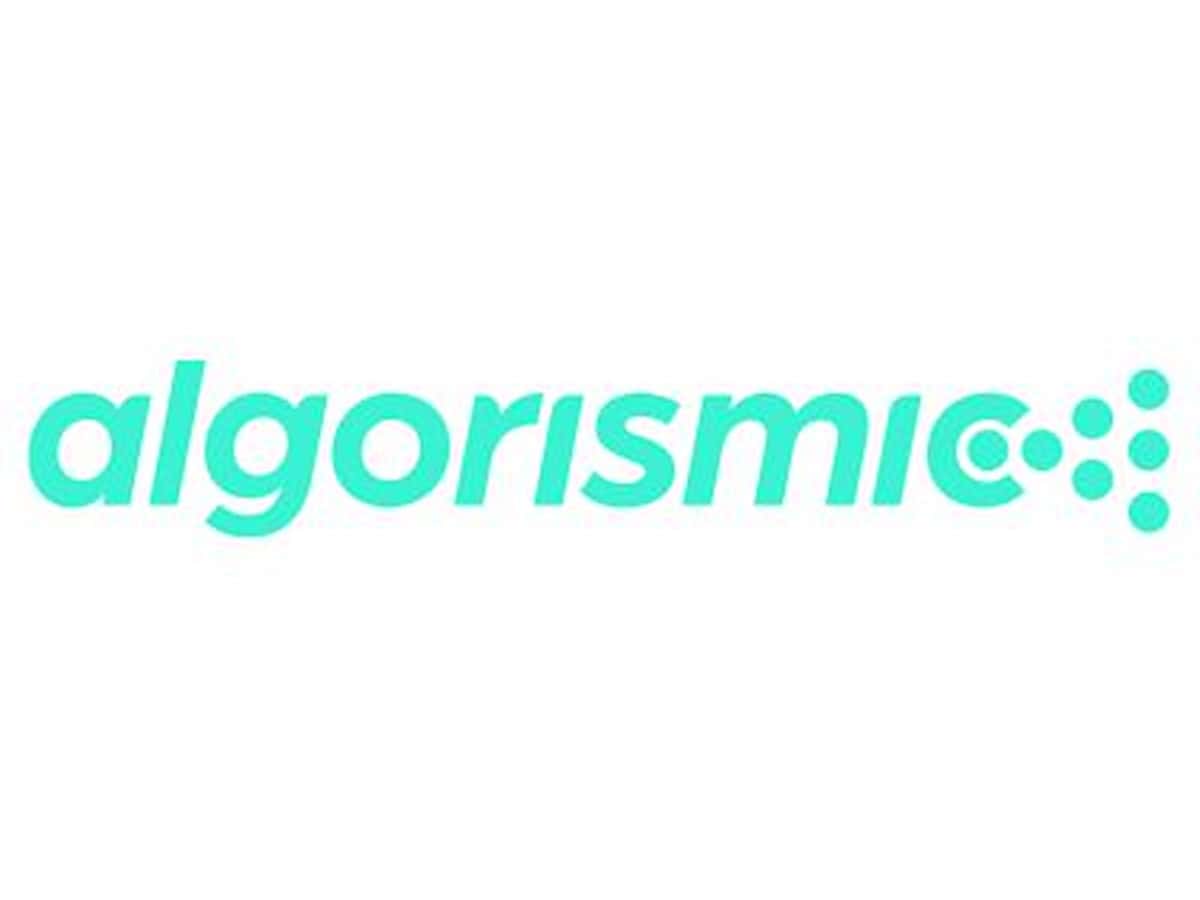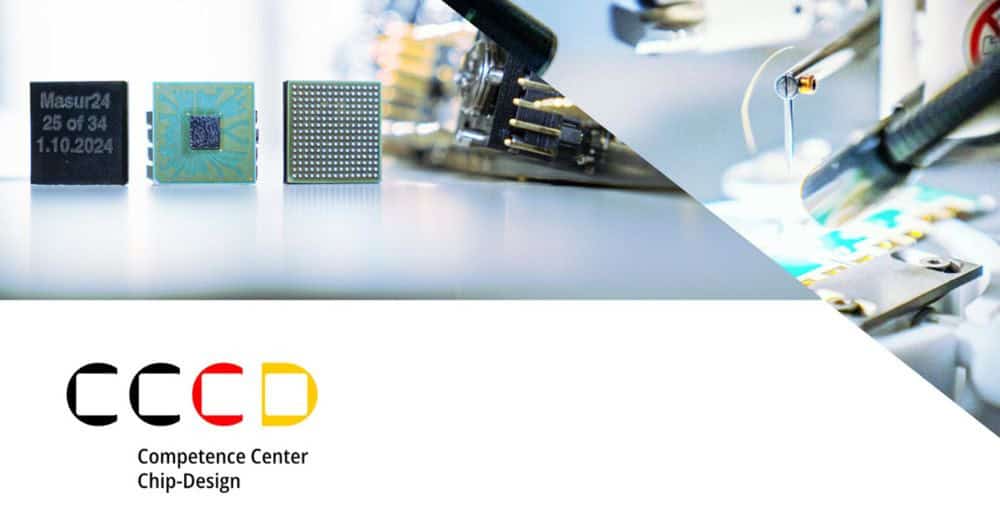
Imagine walking through the subfab in ten years’ time, where everything runs according to your project ideas. What will it look like?
Even today, the technology in the subfabs is impressive – but there is still a big gap between the clean room and the supply system in the basement. In 10 years’ time, the subfab will be much quieter and at the same time much more networked, i.e. more intelligent, than it is today. Many of today’s manual or fragmented processes will then be self-monitoring and coordinated – sensors, pumps, exhaust gas cleaning systems and supply systems will talk to each other via shared data rooms, regardless of which manufacturer they come from.
Energy and media flows will be visible in real time, deviations will be detected automatically and optimizations will happen continuously without anyone having to constantly interrupt the production flow. Predictive maintenance is then no longer an idea, but routine. Employees work more with data than with tools, but this does not mean that they become superfluous. On the contrary: they will make better and faster decisions because systems provide context instead of just measured values.
In other words, the subfab of the future will be quieter, smarter and, above all, more transparent – a networked ecosystem that thinks technology, data and sustainability together as a matter of course.
Why are you involved in a project like Semiconductor-X for open architectures and European, future standards?
We are a software company with a clear goal: to reduce the carbon footprint in the semiconductor industry. We achieve this through data-based optimization of subfab equipment – we evaluate operating data, enable demand-based operation of exhaust gas purification systems and thus optimize resource requirements. This works best when machines communicate in real time via open, standardized interfaces. That’s why open architectures are very important to us.
Subfabs are often underestimated, but exhaust gas and vacuum systems in particular require a lot of resources. Optimizing them through smart data analysis saves costs and reduces emissions – significantly.
In the Semiconductor X initiative, we are working in a consortium with similar goals. The open collaboration, especially in the European context with a focus on data sovereignty, is a real added value for us and our customers. In Europe, there is a particular awareness of the secure, controlled use of industrial data spaces – an aspiration that our customers also share. We contribute our approaches, learn from others, expand our network – and together push innovation in an area that often still runs under the radar.
For us, the whole thing is also an opportunity for exchange – with the industry, with research and other tech players in the semiconductor world. If results are shared openly and the dialogue works, we can get closer to our goals faster together.
What specific advantages do your customers gain if they rely on interoperable interfaces and standardized data spaces early on?
Those who invest in open architectures and interoperable interfaces today gain a real technical advantage that is strategically valuable. After all, standardization is the basis for ensuring that data can really flow – between machines, systems, locations and partners.
When equipment manufacturers and system operators talk about common interfaces, the ultimate aim is to improve machine communication. This is the only way to achieve optimizations that measurably improve the CO2 balance or energy consumption, for example. Setting up standardized interfaces is the first practical step: it creates simple integration options and reduces the effort involved in each new project. This becomes even more important when these interfaces are linked to protected data rooms. This ensures data sovereignty – i.e. that each company decides for itself who sees which information – and still enables controlled, secure data exchange. This is the basis for genuine collaboration along the value chain.
Those who get to grips with these concepts at an early stage also build up crucial expertise within their own company. This knowledge does not grow overnight – and it pays off twice over later when new technologies or AI applications need to be integrated.
And this is a clear advantage, especially with regard to the EU Data Act: companies that get their data structures, interfaces and responsibilities under control at an early stage are much better prepared for the upcoming requirements. The Data Act will require greater data transparency and interoperability in future – companies that have already established their own standards and processes in this area will find it easier to meet regulatory requirements and gain a competitive advantage.
We expect initiatives such as Semi-X to provide precisely this impetus: a boost to innovation for the industry. Topics such as data-driven equipment optimization, AI-supported analyses, predictive maintenance and energy efficiency can only really be implemented if the underlying data structures are open, compatible and secure. Standardization is therefore not a “nice to have”, but the lever that makes the digital and sustainable transformation of production possible in the first place.
How do you implement media and energy optimization or predictive maintenance in the subfab in industrial applications?
Media and energy optimization and predictive maintenance are different levers, but both contribute directly to the goal of a more efficient and sustainable subfab – both in terms of CO2 reduction and cost reduction.
The Subfab360 ATC software solution has been used for media and energy optimization since 2023. It enables demand-driven abatement operation based on real-time operating data from the production tools. In industrial applications, this leads to significant savings in the use of resources such as fuel gas, compressed air, oxygen, caustic or water. The consortium of the Semiconductor X initiative supports the continuous further development of the mechanism of action through open exchange – also with new partners.
In the area of predictive maintenance, the focus is on establishing a secure, shared data space for the structured collection and analysis of maintenance data. The aim is to tap into data-based optimization potential, for example through the use of AI-supported analyses. The software architecture is being expanded so that machine manufacturers will have access to relevant data in future with minimal integration effort. The actual data analysis deliberately remains with the OEMs; the software acts as an enabler through secure, standardized interfaces.
How does your participation in Semiconductor-X change algorismic as a company?
The participation of algorismic in the Semiconductor-X initiative opens up new strategic opportunities for us. The resulting collaborations not only expand our technological portfolio, but also give us access to new customer groups and markets.
The close collaboration with HTW Dresden is also becoming increasingly important. It accelerates the transfer of research results into industrial applications, shortens validation cycles and enables new approaches to be implemented quickly in the form of demonstrators. The result is a measurable increase in knowledge. All in all, it strengthens us as a reliable driver of innovation in the subfab environment, connecting research, technology and industry in a practical way.
Many research projects get stuck in the concept phase – what do you do to ensure that the results of Semiconductor-X are actually transferred to everyday industrial use?
This is actually one of the key issues of innovation projects, that the leap into the real production environment is successful. That’s why we make sure right from the start that research and industry don’t work separately from each other, but actually develop solutions together. In concrete terms, this means that all partners are already involved in the concept phase, define use cases directly from operations and measure the success of the project from a practical point of view through the lens of “everyday industrial life”: Is it running robustly, securely and maintainably? Good.
Another point is transferability: our prototypes are created on open platforms, with documented APIs and comprehensible data models. This makes the transition from demonstrator to productive application much easier, because integration effort, training and validation are considered from the outset.
How does Semiconductor-X strengthen the international connectivity of your software solutions?
Looking to the future is important, because in a globally networked semiconductor industry, precisely standardized, interoperable interfaces and secure data spaces are crucial in order to integrate systems, components and digital services smoothly across system and national borders. Thanks to its close links with industry associations and European and US initiatives, Semiconductor-X ensures that our solutions remain compatible with key international developments – and are therefore also attractive for Asian lead markets. This early commitment to standardization supports the fulfillment of worldwide reporting and sustainability requirements and creates a good basis for global cooperation.
Initiative: Semiconductor-X
Goal: Establish an open, secure and interoperable data space for the semiconductor value chain as the basis for digital twins, sustainable processes and international standardization.
Benefits: Reduction of energy consumption and CO2 emissions, strengthening of European technological sovereignty, sustainable competitiveness through open standards
Consortium: Over 20 industrial and research partners from Europe, including leading equipment manufacturers, software companies and research institutions.
Project duration: 2023 to 2026.
Funded by the Federal Ministry of Economics and Climate Protection (BMWK).
More information: www.semiconductor-x.com
– – – – – –
Further links
www.algorismic.com
www.semiconductor-x.com
Photo: algorismic



